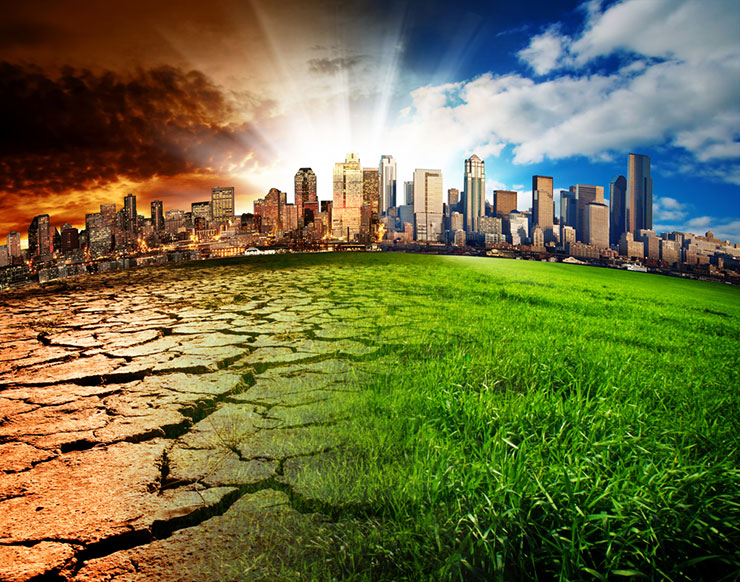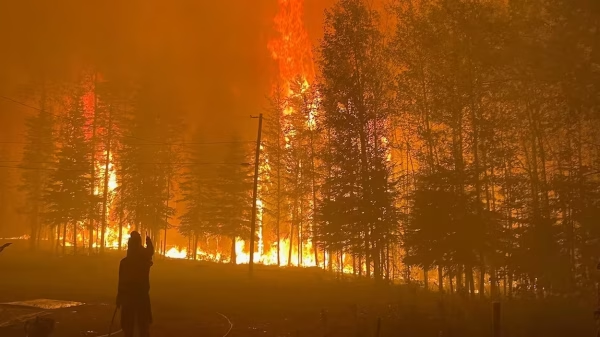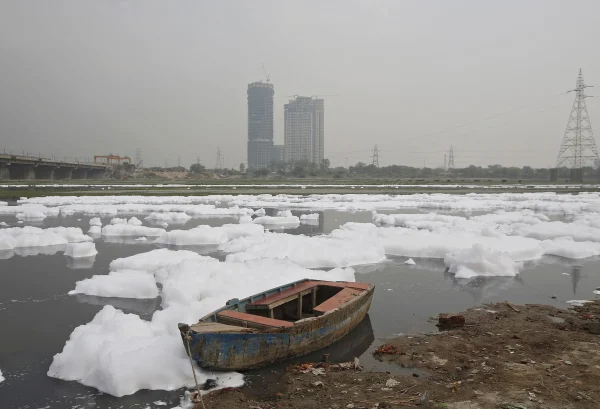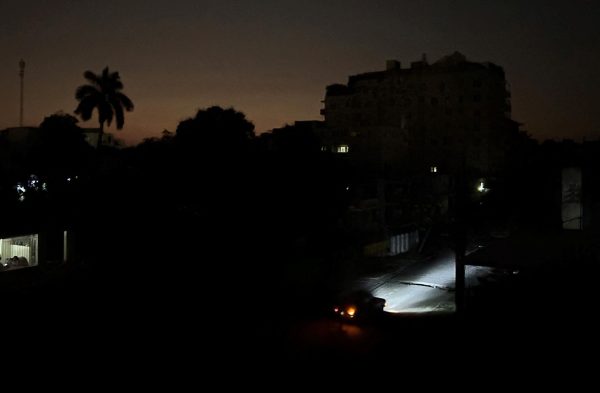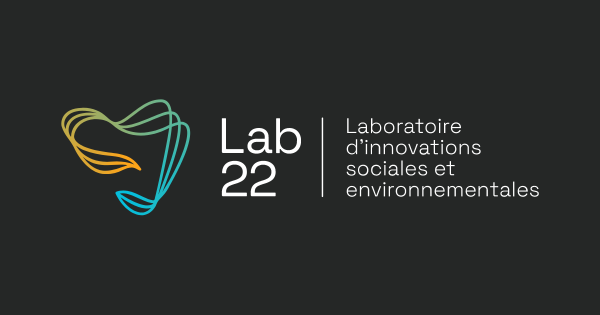How Can we Reverse Climate Change?
Since it’s discovery, Climate change has been a very complicated subject. What is even more complicated is how we can reverse it. Luckly for the next generations, reaserchers around the world may have finally found some ways to erase the footprints of human activity.
What is climate change and what causes it?
Climate change or global warming is an artificial phenomenon where the global temperature is rising. As said by the goverment of Canada, the main cause of global warming is human activity. Specifically the burning of fossil fuels(petrolium, coal, propane, etc.) which creates heat. But also the destruction of forests and oceans, which prevents gasses like carbon dioxide and methane from being absorbed, leading to the damaging of the atmosphere. This temperature change leads to a chain of various consequences like how the melting of polar ice caps can make the oceans rise.
How can we stop global warming progression?
Firstly, humanity has to completely stop emitting harmful gases like carbon dioxide and methane into the atmosphere. That way, scientists will be able to focus on collecting the substances that have already been released.
The first step to prevent this situation from getting worse than it is right now is to stop using fossil fuels. Unfortunately for the most ambitious people willing to achieve such a task, data from 2019 says that 84% of global energy consumption comes from it.
To replace such amounts, we first need a transition energy source. Something humanity is already using and has proven itself to replace the most harmful elements with less harmful ones. That way, the world will gain more time to work on energy sources with zero-emission. Three promising candidates for this job are propane, one of the cleanest fossils, hydrogen, a simple non-carbon alternative and composed based natural gas, an element that is currently used to power some vehicles like UPS delivery trucks.
To use them in electricity production, these substances could be used in a combustion engine powering an electric generator through mechanical energy. If we replace energy production like the ones of coal and petroleum, scientists will be able to innovate.
Now that researchers have more time before a possible end of the world, they can start to work on projects and ideas to replace the temporary solutions. They could study the floors (ground) of rivers in order to find more spots in where to put barrages for hydropower.
Governments, on their side, could build wind turbines in places like national parks, steep unused places and even at the top of power poles. By choosing this option, they avoid killing a lot of flora thanks to the wind turbine’s low ground profile.
Architects could put solar panels on their buildings and more ambitious projects like a Dyson sphere or fusion energy could be financed. If you wish to see more about renewables, go check out ‘The future of renewables’ in this journal. In the end, humanity has a lot of options for renewables and way more to discover.
How can we erase our past footprints?
Now the cause of climate change is no more, humanity needs to fix the damage it caused.
Forestry and biosphere regeneration
These solutions are already used a lot through charities like team trees and team seas. But it’s not enough. Humanity needs to get the biosphere at it’s stage before the industrialisation revolution. In other words, make it normal.
Boats and planes designed to spread seeds in vast continental and underwater areas could be disigned and mass animal reproduction could be done to replace the many souls that lost their lives during this chaotic event.
The big advantage with these methods is that anyone with a bit of money and time can help at doing them. They are cheap solutions that can make a big difference.
The first catch is that a lot of land is lost to forestry, but that can be fixed with skyscraper-like farms and GMO trees that grow faster. That way, producers need less terrain to make the same amount of products. Go see ‘GMOs: future of agriculture?’ if you want to know more about this technology.
The second catch is that in order to keep a big population of fishes and algeas, the fishing industry needs to get it’s supplies from another place than oceans and lakes. Once again, thre is a solution to this problem. It can be fixed through aquaculture and other types of aquarium farming. These can be practised pretty much anywere and use way less land than conventional fishing.
Ocean cleaning and gas collecting
As you probably already know, the oceans are filled with plastic and other materials that can hurt or even kill the sea’s wildlife, which then can disrupt the food chain to finally decrease the chance of survival of sea plants like algeas. Studies from NOAA indicate that 31% of CO2 absortion is done by the oceans.
Following this logic, it should be a priority to protect the oceans. Thankfully, boats designed to absorb the materials in question already exist like the Manta, a promising prototype capable of absorbing three tons of waste per hour.
To prevent plastic from getting in the oceans, people with a lot of influence like politicians or influencers could furthurmore promote the usage of other materials like cardboard or paper and the development of recycling technology in the goal of enlarging the list of reusable petrolium-based materials.
As for the gas part, a method called direct air capture is alredy practised to take CO2 out of the atmosphere. One plant in Squamish, British Columbia does the work of fourty million trees.
However, the company that owns the infrastructure is backed by massive oil industry actors like Chevron, BHP and Occidental. The carbon they absorb can be sold to these three buisnesses so that they can make more fuel.
As said by Mark Jacobson, a teacher in civil and environmental engineering at Stanford University, it promotes the oil industry instead of brigging it down. If so, it migth be better to just plant more trees.
Conclusion: is it possible to revert climate change?
There are a ton of ways to fix global warming. The only thing it needs to be gone is that humanity gives it more attention and ressources. If humankind ignores the situation, consequences will be enormous. A betrayal to future generations who could have projects way better if prsents humans would have fixed their mess.
Sources: Goverment of Canada website, Forbes, Wikipedia, UN.org, The SeaCleaners, NOAA, CNBC
Note: I thought of seperating this article into two due to it’s length, but I’m not sure. Let me know if this is a good idea, thx.

